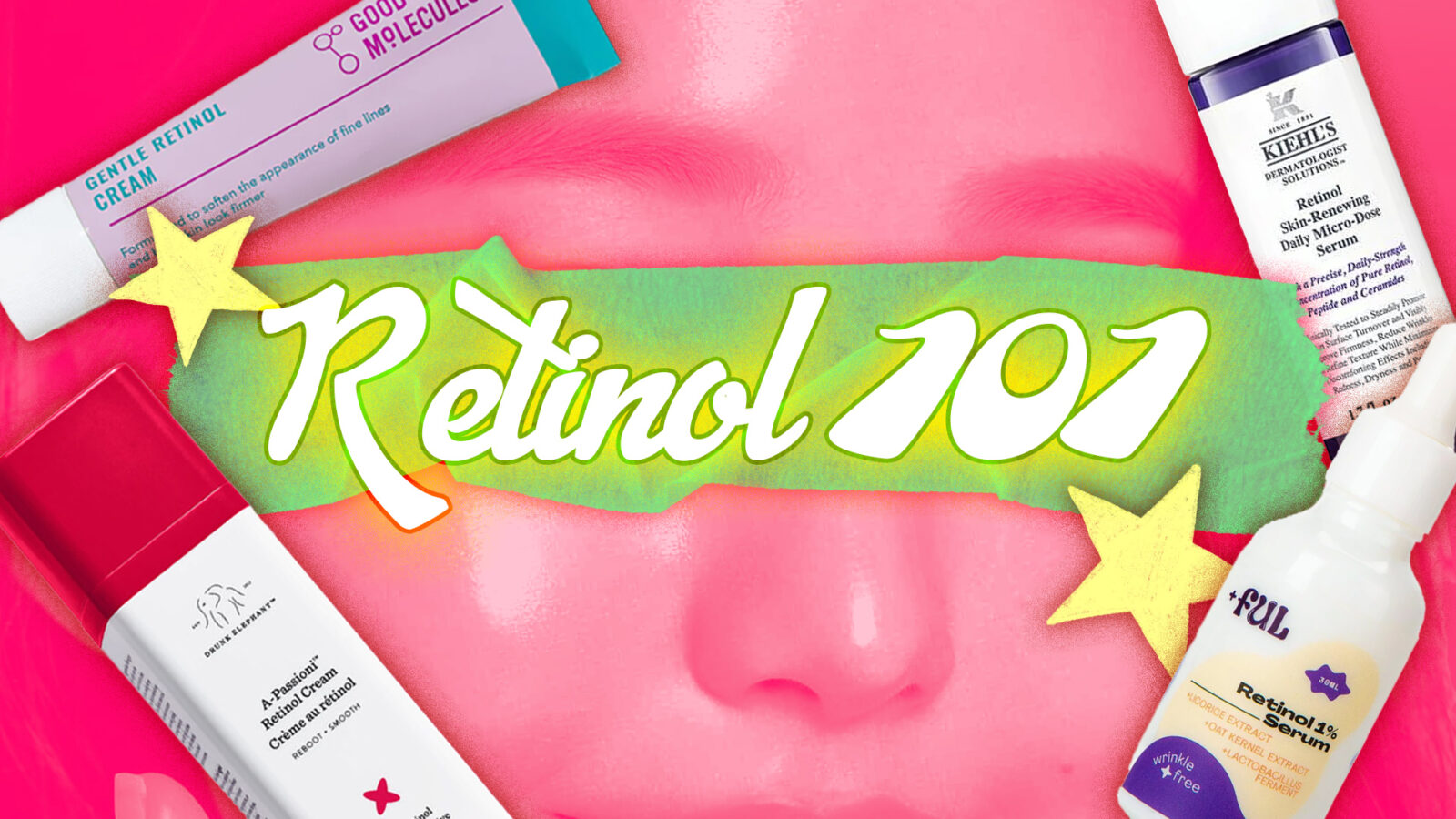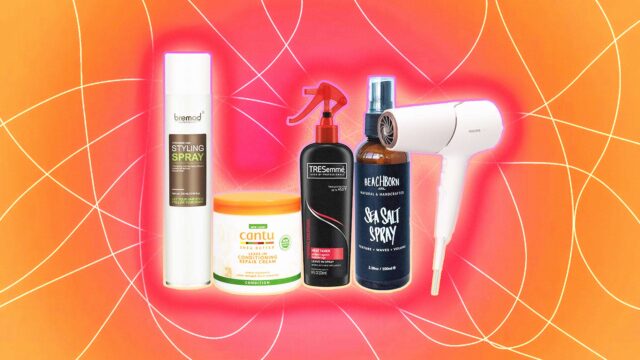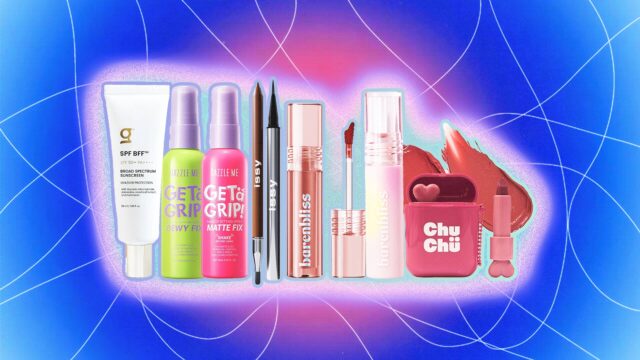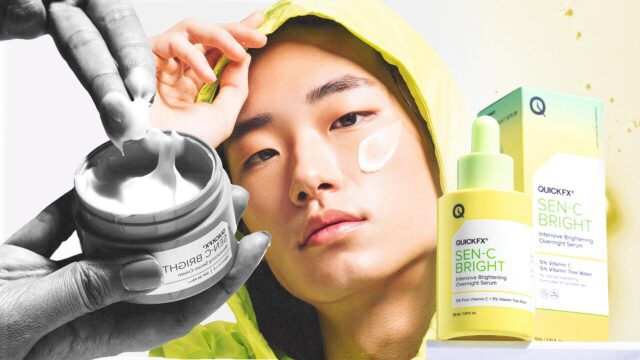Bringing retinol into your routine as a beginner is all about taking advice from skin experts and taking things slow.
Related: Beauty Beat: What’s The Difference Between Blurring, Gripping, and Jelly Primers?
I recall the carefree days when we’re all about that low-maintenance skincare—cleansing with body soap, swiping some lip balm, and we were out the door without sun protection. Today, as we slowly step into twenty-somethings, we’re realizing that skin damage, acne scars, and those sneaky signs of aging aren’t messing around. While the typical cleanser-moisturizer-sunscreen routine works wonders, an active ingredient that addresses aging is retinol. It’s an over-the-counter derivative of a retinoid, AKA Vitamin A.
On the beauty shelves, you’ll find serums, moisturizers, and creams infused with retinol, all synonymous with anti-aging, anti-wrinkles, and many more. With an impressive list of beauty benefits, including increased collagen production, unclogging pores, and reducing wrinkles, it’s no wonder why people are suddenly obsessing over the skincare superstar. If you’re introducing retinol into your skincare routine and don’t know where to start, these skin experts have got you covered.
Retinol 101
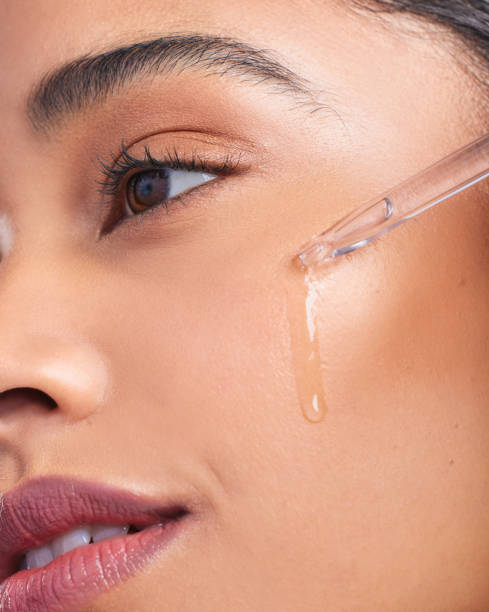
What if I have sensitive skin? Is it safe? After all, it’s one of those strong skincare ingredients. As a retinol newbie, I also found myself contemplating upon these concerns. While it’s got some seriously positive properties, there are a few red flags that might’ve made you think twice before purchasing a retinol product.
Here’s the thing: it’s an active ingredient that throws a curveball if not used correctly. From daily dosage, product mixing, and application, these skin experts explain the retinol dos and don’ts.
Start Slow and Low
Retinol is an antioxidant, which means it’s suitable for daily use. Begin with a lower concentration (0.05%) and slowly increase it as your skin adapts. As a retinol newbie, it’s advisable to avoid higher concentrations, as they usually result in skin that feels overwhelmed, irritated, and burning.
Filipina dermatologist Dra. Zharlah Gulmatico-Flores advises, “Start with the lowest concentration, especially if you have sensitive skin. Apply a pea-sized amount to the entire face and begin your retinol routine every other night.”
Skin Cycling
In skincare, active ingredients are the specific ingredients added to target specific concerns. For instance, retinol is used for anti-aging, while BHAs are used for anti-acne. Adding another layer of active ingredients such as vitamin C, niacinamide, and BHAs/AHAs is a recipe for a face fire. That’s where skin cycling comes into the routine.
This technique is all about taking a cyclical approach to your skincare regime. When you can’t mix and match some skincare ingredients together, this cycle alternates an exfoliant, retinol-based product, and hydrating cream.
According to dermatologist Dra. Vicki Belo, here’s how to skin cycle: “The first night is all about skin exfoliation, removing the dead skin. You usually use an Alpha-Hydroxy-Acid (AHA) or Beta-Hydroxy-Acid (BHA) for this. That’s all you do—one thing. The second night is your retinol night. You can do this either using retinoic acid at 0.05% or a retinol at 1%. Now, I always advise you to apply a pea-sized amount and massage it into your skin for at least three minutes. The third night is for resting; you don’t apply anything. Just wash your face and let your skin recover.”
‘Sandwich’ Method
When it comes to the ‘sandwich’ method, retinol is positioned between two layers of moisturizer. The goal is to reduce the risk of skin irritation and inflammatory areas, especially when initially introducing retinol into your skincare regimen.
According to dermatologist Dr. Jenny Liu, “You are essentially creating a barrier, reducing the penetration of topical retinol, and thereby, experiencing less irritation. I think this method is better suited for those who are new to retinol, having a hard time tolerating retinols in general, or have sensitive skin.”
Morning Routines and Sunscreens
Surprisingly, retinol doesn’t actually cause sun damage, although SPF should always be worn. Retinol is recommended for nighttime use because it becomes inactive in sunlight. However, you can use it both day and night if you keep your skin moisturized.
Dermguru debunks the myth, stating, “Retinols can be photo unstable and break down in sunlight, making them less effective. Retinols can also make your skin more sensitive to the sun, so you should always use SPF when using retinol.”
Recommended Retinols for Beginners
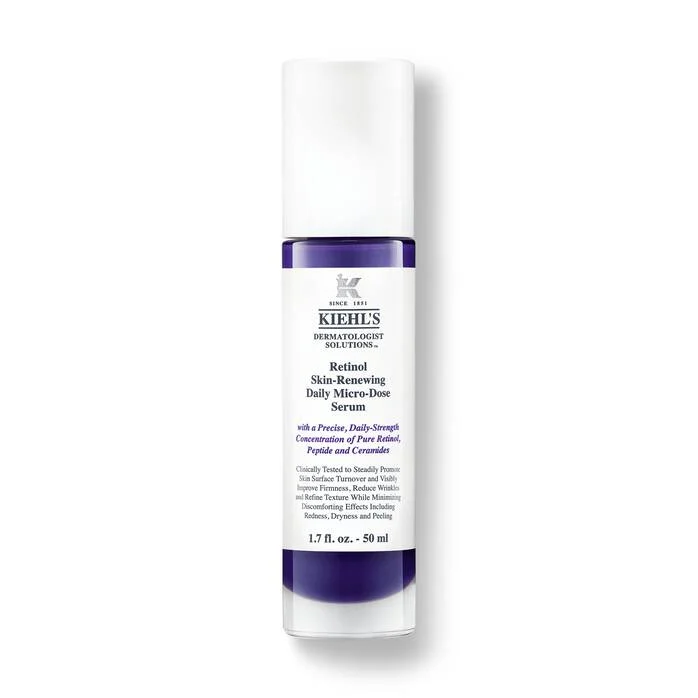
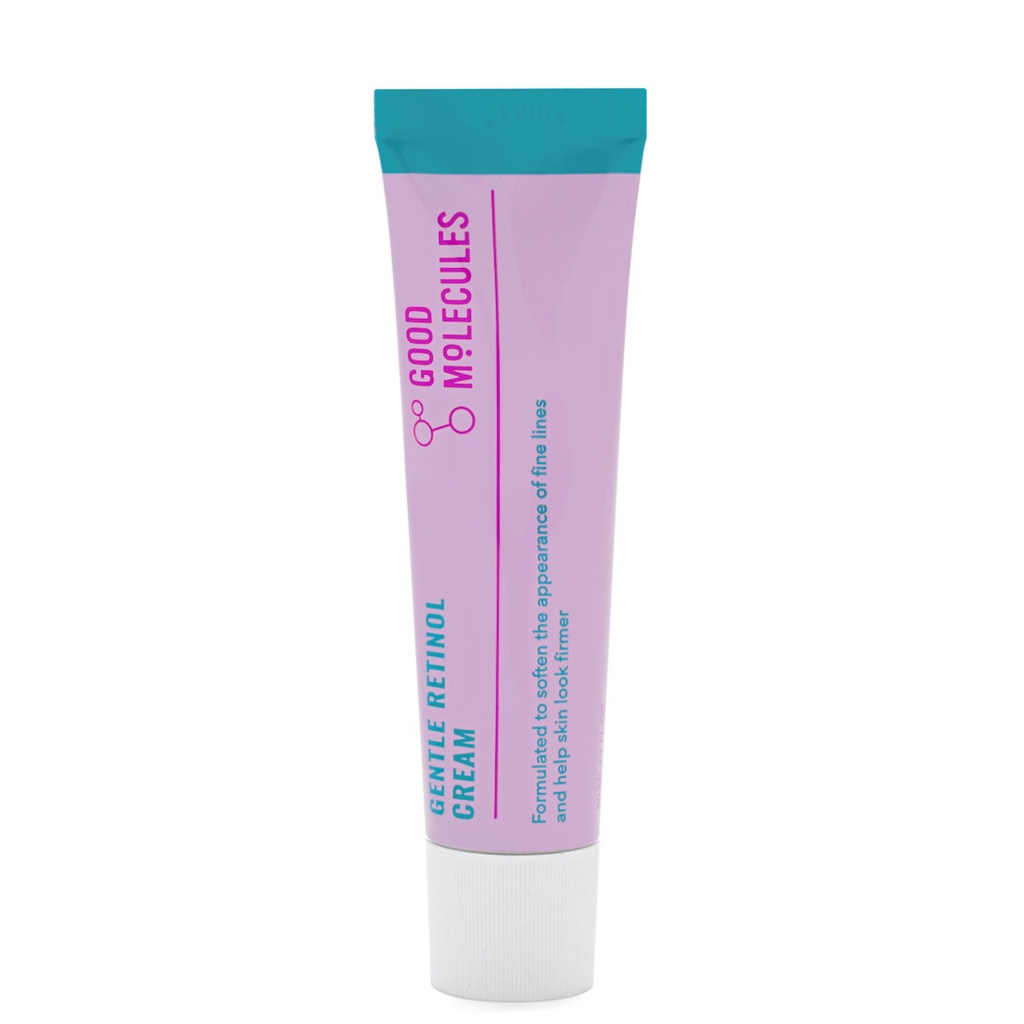
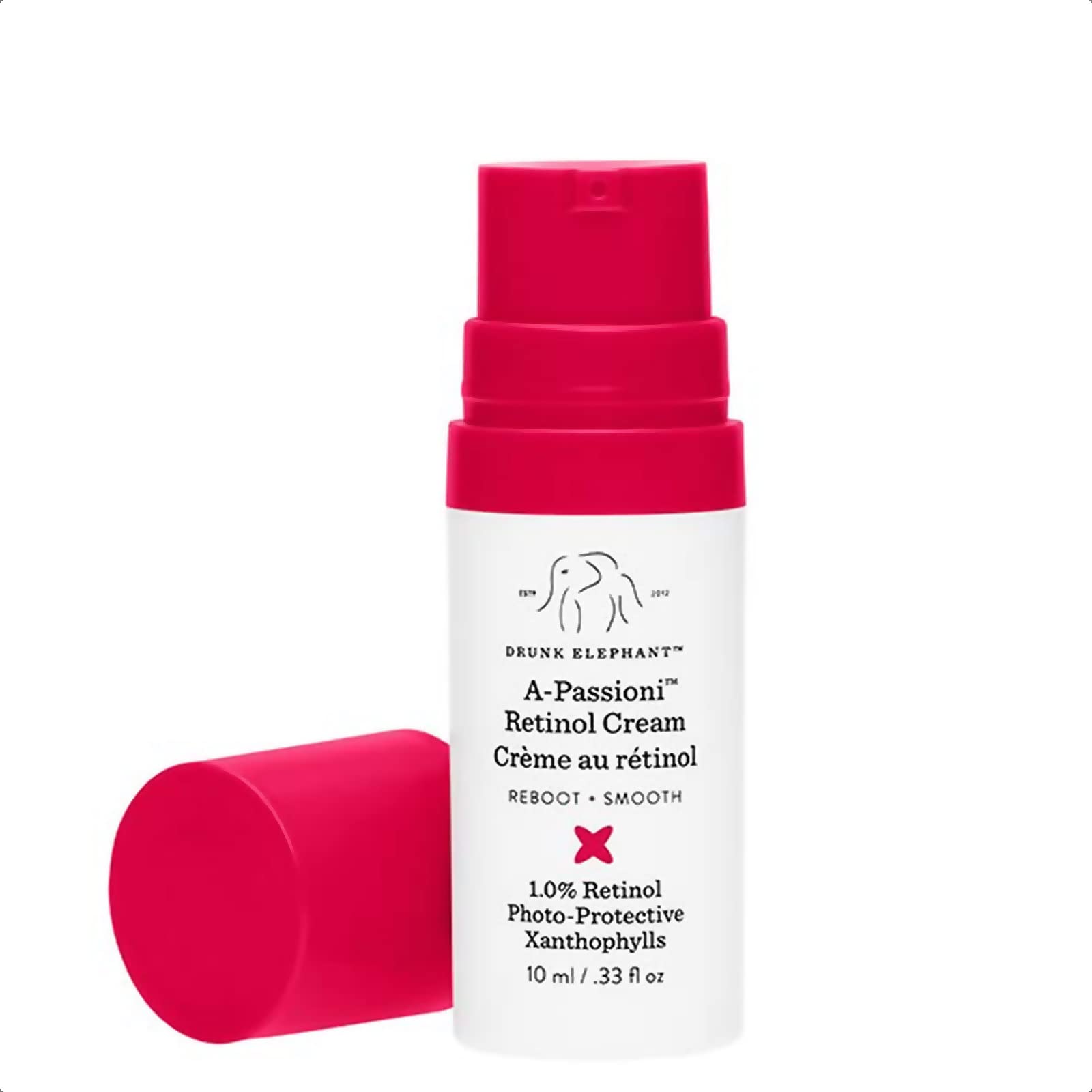
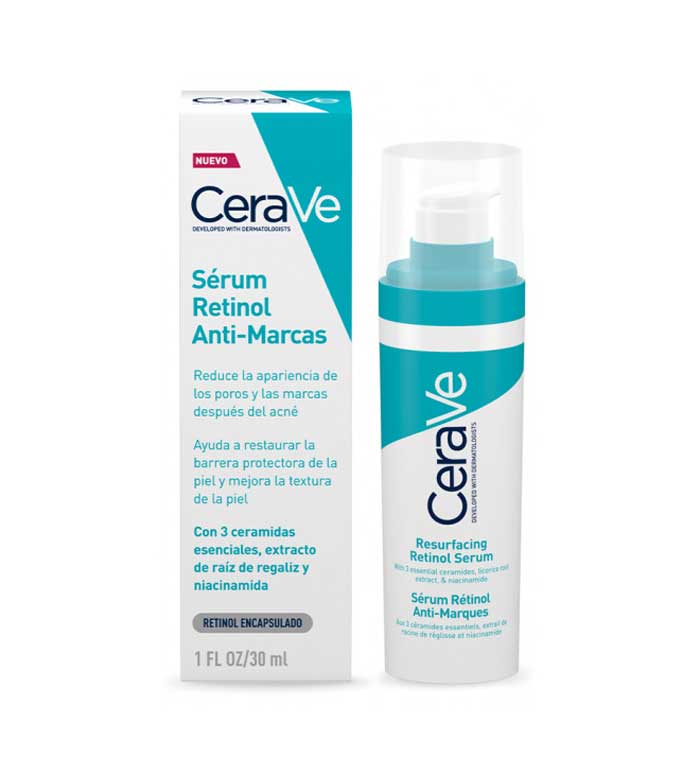
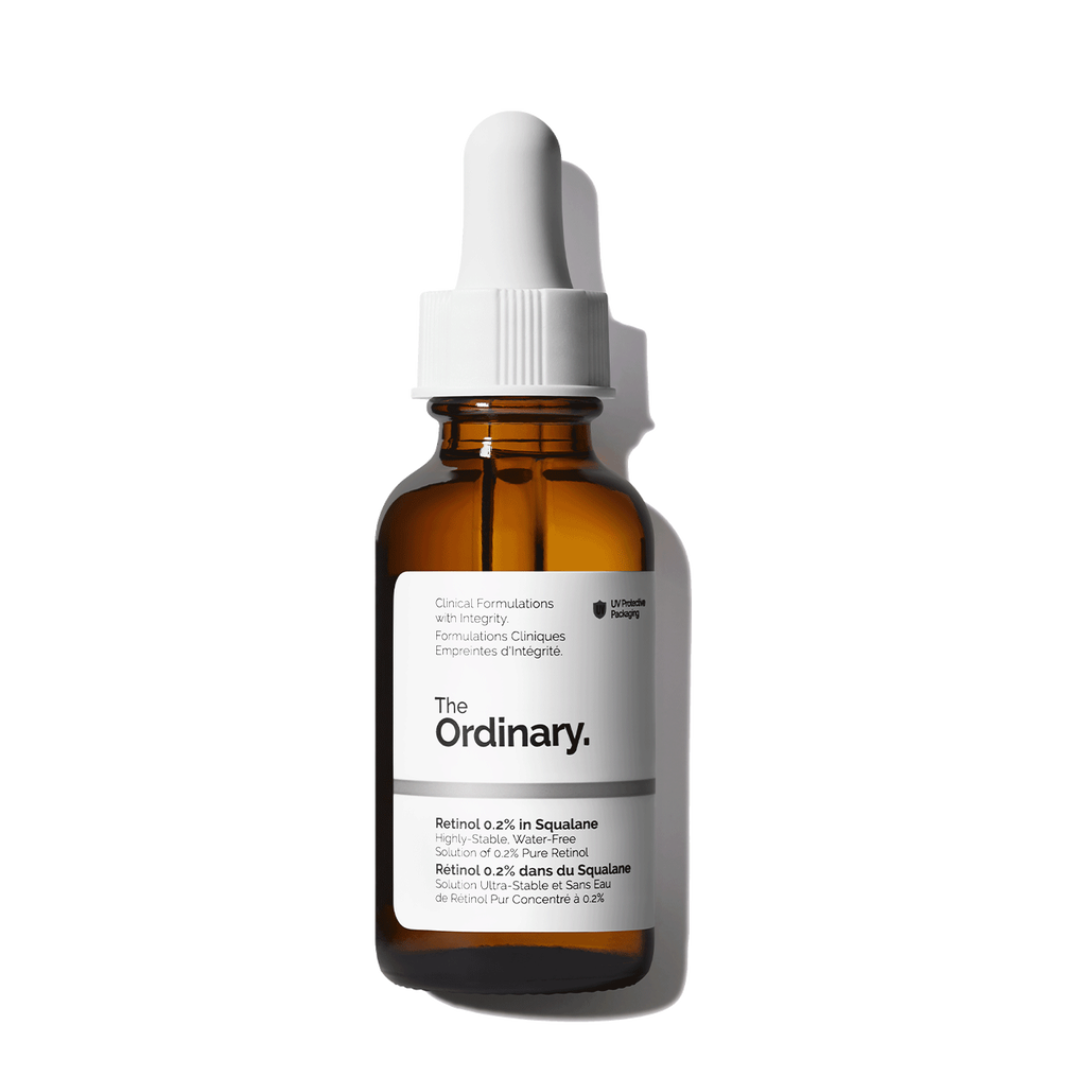
Continue Reading: Beauty Beat: September 2023 Beauty Buys To Prep For The Holiday Szn
